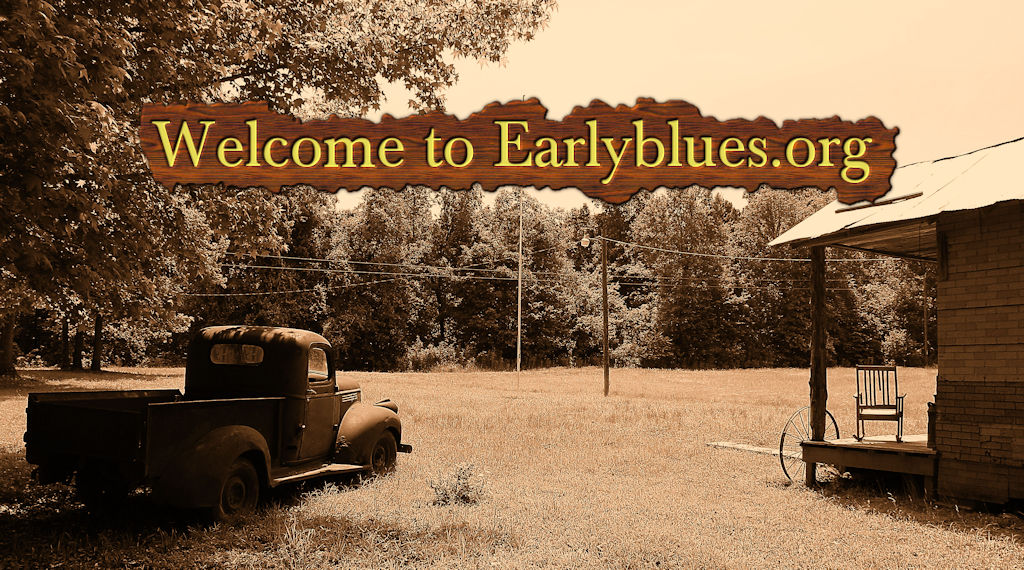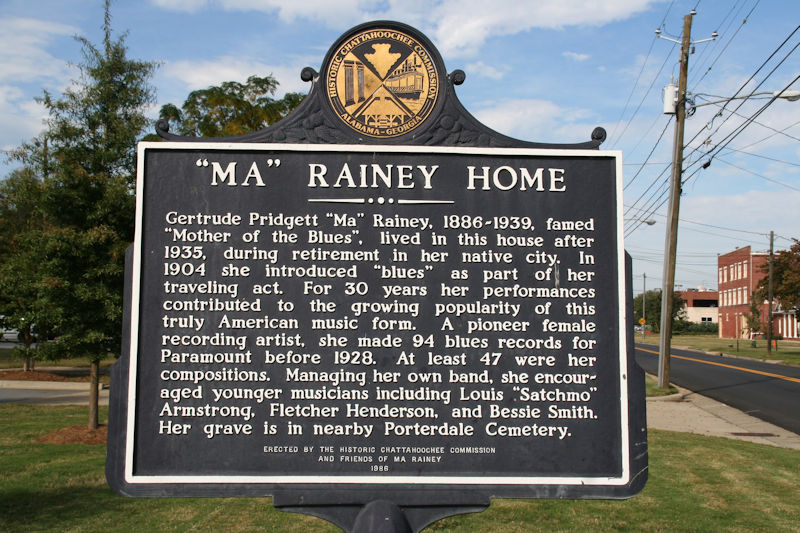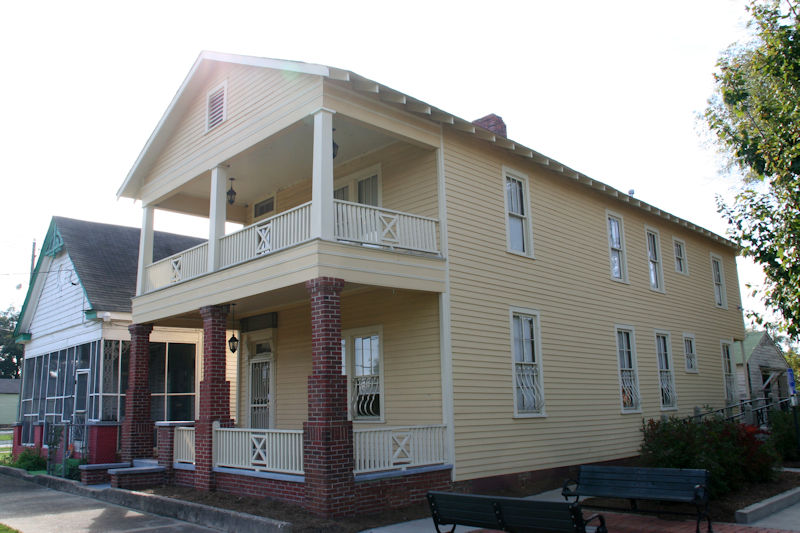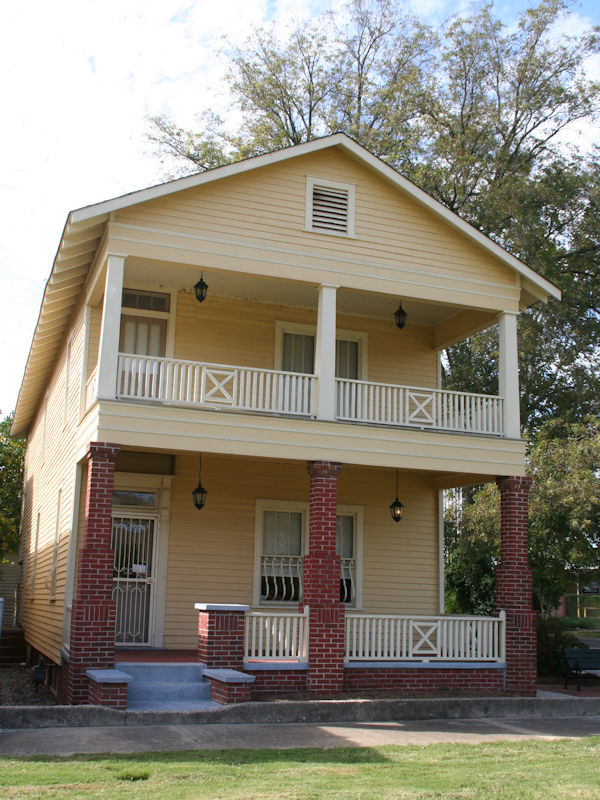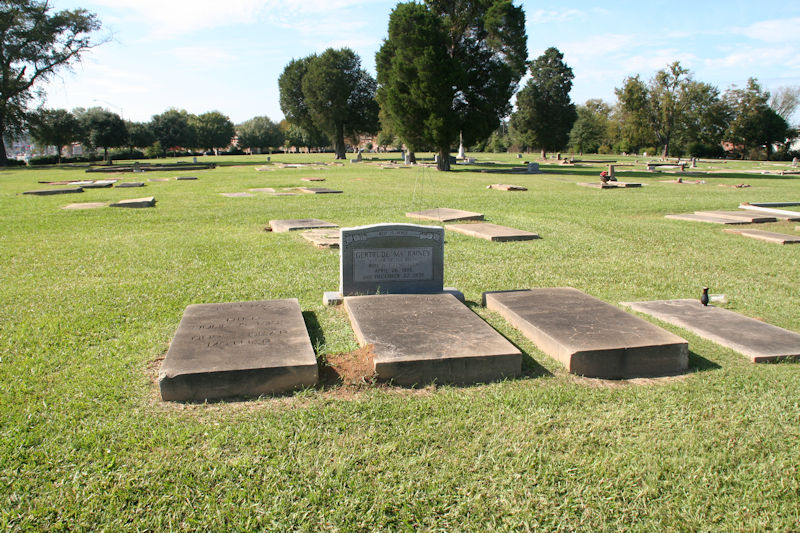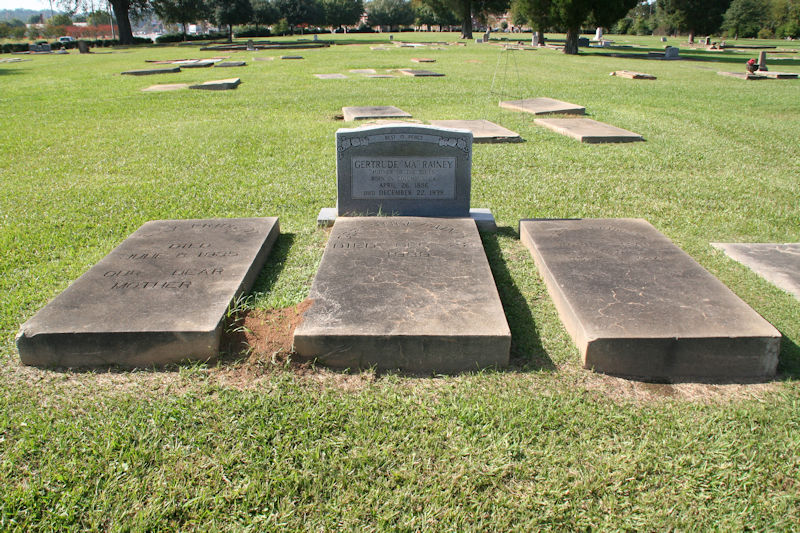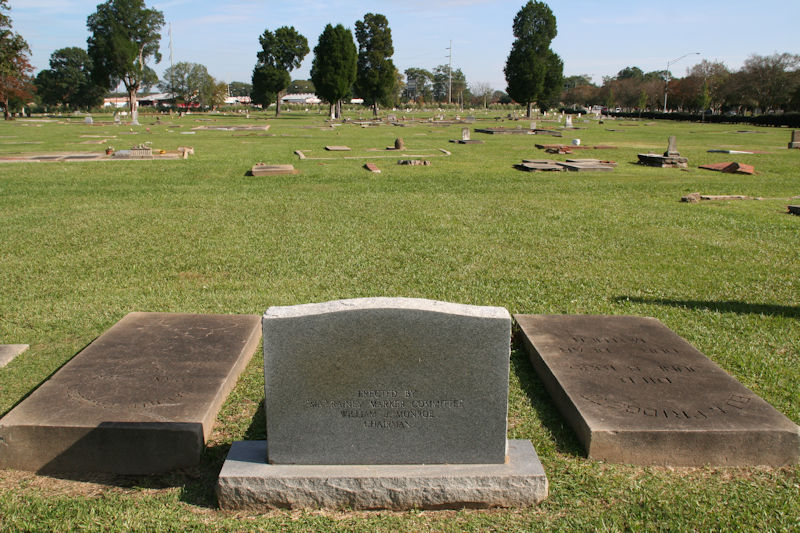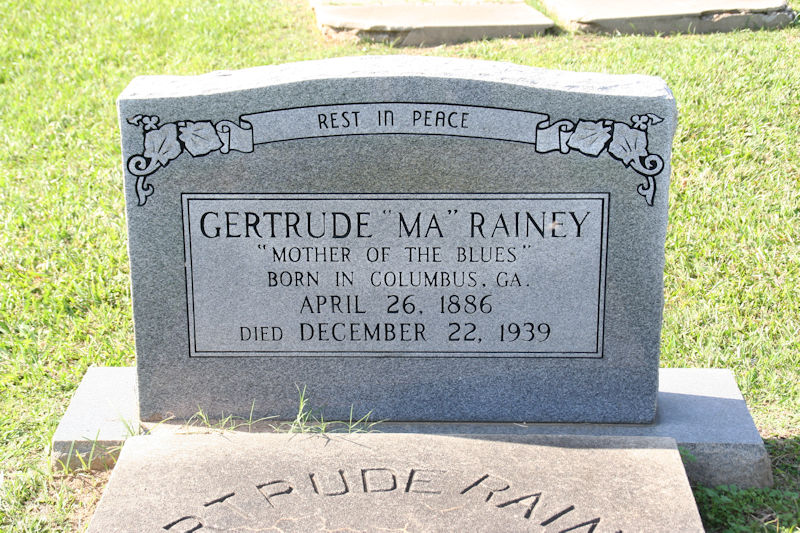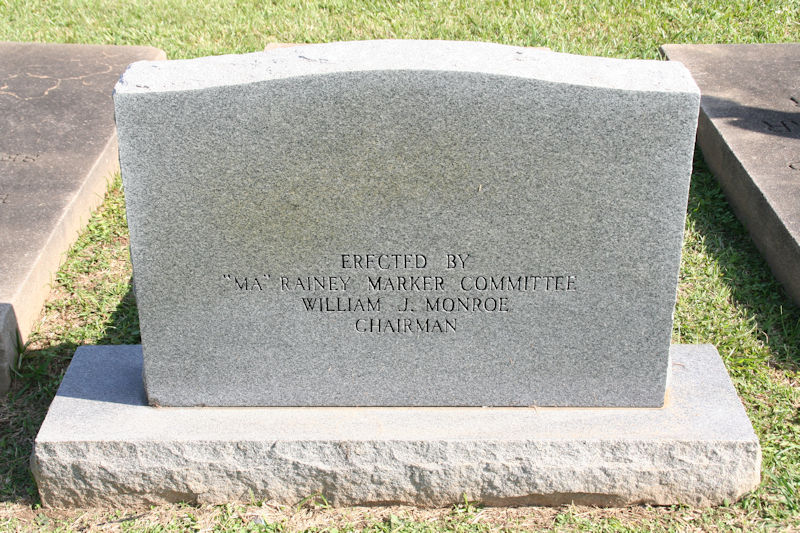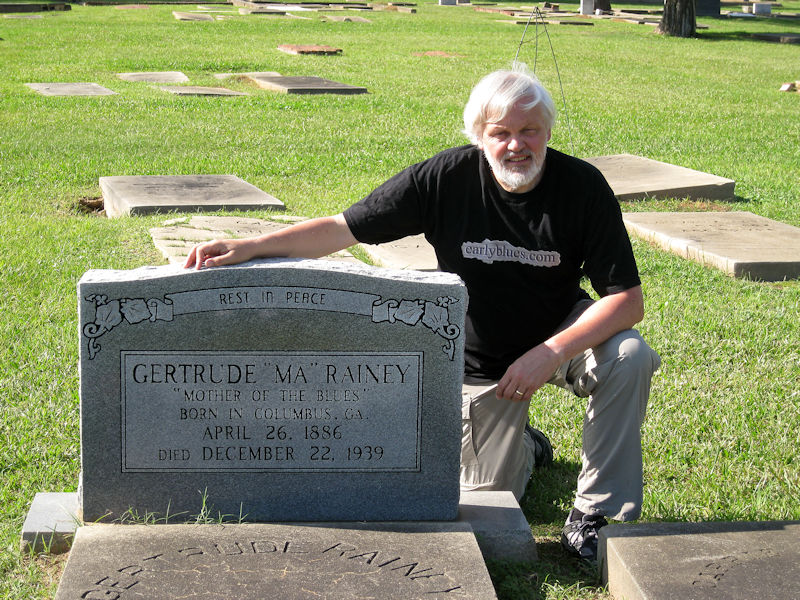Themed Photo Gallery and Information: Columbus, Georgia
History
Columbus is a consolidated city-county located on the west-central border of the U.S. state of Georgia. Located on the Chattahoochee River directly across from Phenix City, Alabama, Columbus is the county seat of Muscogee County, with which it officially merged in 1970. Columbus is the second-largest city in Georgia and the fourth-largest metropolitan area. According to the 2017 estimates from the U.S. Census Bureau, Columbus has a population of 194,058 residents, with 303,811 in the Columbus metropolitan area. The metro area joins the nearby Alabama cities of Auburn and Opelika to form the Columbus–Auburn–Opelika Combined Statistical Area, which has a 2017 estimated population of 499,128.
Columbus lies 100 miles (160 km) southwest of Atlanta. Fort Benning, the United States Army’s Maneuver Center of Excellence and a major employer, is located south of the city in Chattahoochee County. Columbus is home to museums and tourism sites, including the National Infantry Museum, dedicated to the United States Army’s Infantry Branch. It has the longest urban whitewater rafting course in the world constructed on the Chattahoochee River.
This was for centuries and more the traditional territory of the Creek Indians, who became known as one of the Five Civilized Tribes of the Southeast after European contact. Those who lived closest to white-occupied areas conducted considerable trading and adopted some European-American ways.
Founded in 1828 by an act of the Georgia Legislature, Columbus was situated at the beginning of the navigable portion of the Chattahoochee River and on the last stretch of the Federal Road before entering Alabama. The city was named for Christopher Columbus. The plan for the city was drawn up by Dr. Edwin L. DeGraffenried, who placed the town on a bluff overlooking the river. Across the river to the west, where Phenix City, Alabama, is now located, Creeks still lived until they were forcibly removed in 1836 by the federal government to make way for European-American settlers.
The river served as Columbus’s connection to the world, particularly enabling it to ship its commodity cotton crops from the plantations to the international cotton market via New Orleans and ultimately Liverpool, England. The city’s commercial importance increased in the 1850s with the arrival of the railroad. In addition, textile mills were developed along the river, bringing industry to an area reliant upon agriculture. By 1860, the city was one of the more important industrial centers of the South, earning it the nickname “the Lowell of the South”, referring to an important textile mill town in Massachusetts.
When the Civil War broke out in 1861, the industries of Columbus expanded their production; this became one of the most important centers of industry in the Confederacy. During the war, Columbus ranked second to Richmond in the manufacture of supplies for the Confederate army. The Eagle Manufacturing Company made textiles of various sorts, but especially woolens for Confederate uniforms. The Columbus Iron Works manufactured cannons and machinery, Greenwood and Gray made firearms, and Louis and Elias Haimon produced swords and bayonets. Smaller firms provided additional munitions and sundries. As the war turned negative, each faced exponentially growing struggled shortages of raw materials and skilled labor, as well as worsenting financial opportunities. In addition to textiles, the city had an ironworks, a sword factory, and a shipyard for the Confederate Navy.
Unaware of Lee’s surrender to Grant and the assassination of Abraham Lincoln, Union and Confederates clashed in the Battle of Columbus, Georgia, on Easter Sunday, April 16, 1865, when a Union detachment of two cavalry divisions under Maj. Gen. James H. Wilson attacked the lightly defended city and burned many of the industrial buildings. John Stith Pemberton, who later developed Coca-Cola in Columbus, was wounded in this battle. Col. Charles Augustus Lafayette Lamar, owner of the last slave ship in America, was also killed here. A historic marker erected in Columbus notes that this was the site of the “Last Land Battle in the War from 1861 to 1865.”
Reconstruction began almost immediately and prosperity followed. Factories such as the Eagle and Phenix Mills were revived and the industrialization of the town led to rapid growth; the city outgrew its original plan. The Springer Opera House was built on 10th Street, attracting such notables as Irish writer Oscar Wilde. The Springer is now the official State Theater of Georgia.
By the time of the Spanish–American War, the city’s modernization included the addition of trolleys extending to outlying neighborhoods such as Rose Hill and Lakebottom, and a new water works. Mayor Lucius Chappell also brought a training camp for soldiers to the area. This training camp named Camp Benning grew into present-day Fort Benning, named for General Henry L. Benning, a native of the city.
Source: Wikipedia
Gertrude “Ma” Rainey
“Ma” Rainey (born Gertrude Pridgett, September 1882 or April 26, 1886 – December 22, 1939) was one of the earliest African-American professional blues singers and one of the first generation of blues singers to record. She was billed as the “Mother of the Blues”.
She began performing as a teenager and became known as Ma Rainey after her marriage to Will Rainey, in 1904. They toured with the Rabbit Foot Minstrels and later formed their own group, Rainey and Rainey, Assassinators of the Blues. Her first recording was made in 1923. In the next five years, she made over 100 recordings, including “Bo-Weevil Blues” (1923), “Moonshine Blues” (1923), “See See Rider Blues” (1924), “Black Bottom” (1927), and “Soon This Morning” (1927).
Rainey was known for her powerful vocal abilities, energetic disposition, majestic phrasing, and a “moaning” style of singing. Her qualities are present and most evident in her early recordings “Bo-Weevil Blues” and “Moonshine Blues”.
Rainey recorded with Louis Armstrong, and she toured and recorded with the Georgia Jazz Band. She continued to tour until 1935, when she retired and went to live in her hometown.
Pridgett claimed to have been born on April 26, 1886 (beginning with the 1910 census, taken April 25, 1910), in Columbus, Georgia. However, the 1900 census indicates she was born in September 1882 in Alabama, and researchers Bob Eagle and Eric LeBlanc suggest that her birthplace was in Russell County, Alabama. She was the second of five children of Thomas and Ella (née Allen) Pridgett, from Alabama. She had at least two brothers and a sister, Malissa, with whom Gertrude was later confused by some writers.
She began her career as a performer at a talent show in Columbus, Georgia, when she was about 12 to 14 years old. A member of the First African Baptist Church, she began performing in black minstrel shows. She later claimed that she was first exposed to blues music around 1902. She formed the Alabama Fun Makers Company with her husband, Will Rainey, but in 1906 they both joined Pat Chappelle’s much larger and more popular Rabbit’s Foot Company, in which they were billed together as “Black Face Song and Dance Comedians, Jubilee Singers [and] Cake Walkers”. In 1910, she was described as “Mrs. Gertrude Rainey, our coon shouter”. She continued with the Rabbit’s Foot Company after it was taken over by a new owner, F. S. Wolcott, in 1912.
Beginning in 1914, the Raineys were billed as Rainey and Rainey, Assassinators of the Blues. Wintering in New Orleans, she met numerous musicians, including Joe “King” Oliver, Louis Armstrong, Sidney Bechet and Pops Foster. As the popularity of blues music increased, she became well known. Around this time, she met Bessie Smith, a young blues singer who was also making a name for herself. A story later developed that Rainey kidnapped Smith, forced her to join the Rabbit’s Foot Minstrels, and taught her to sing the blues; the story was disputed by Smith’s sister-in-law Maud Smith.
From the late 1910s, there was an increasing demand for recordings by black musicians. In 1920, Mamie Smith was the first black woman to be recorded. In 1923, Rainey was discovered by Paramount Records producer J. Mayo Williams. She signed a recording contract with Paramount, and in December she made her first eight recordings in Chicago, including “Bad Luck Blues”, “Bo-Weevil Blues” and “Moonshine Blues”. She made more than 100 other recordings over the next five years, which brought her fame beyond the South. Paramount marketed her extensively, calling her the “Mother of the Blues”, the “Songbird of the South”, the “Gold-Neck Woman of the Blues” and the “Paramount Wildcat”.
In 1924 she made some recordings with Louis Armstrong, including “Jelly Bean Blues”, “Countin’ the Blues” and “See, See Rider”. In the same year she embarked on a tour of the Theater Owners Booking Association (TOBA) in the South and Midwest of the United States, singing for black and white audiences. She was accompanied by the bandleader and pianist Thomas Dorsey and the band he assembled, the Wildcats Jazz Band. They began their tour with an appearance in Chicago in April 1924 and continued, on and off, until 1928. Dorsey left the group in 1926 because of ill health and was replaced as pianist by Lillian Hardaway Henderson, the wife of Rainey’s cornetist Fuller Henderson, who became the band’s leader.
Although most of Rainey’s songs that mention sexuality refer to love affairs with men, some of her lyrics contain references to lesbianism or bisexuality, such as the 1928 song “Prove It on Me”:
They said I do it, ain’t nobody caught me.
Sure got to prove it on me.
Went out last night with a crowd of my friends.
They must’ve been women, ’cause I don’t like no men.
According to the website queerculturalcenter.org, the lyrics refer to an incident in 1925 in which Rainey was “arrested for taking part in an orgy at [her] home involving women in her chorus.” “Prove It on Me” further alludes to presumed lesbian behavior: “It’s true I wear a collar and a tie … Talk to the gals just like any old man.” The political activist and scholar Angela Y. Davis noted that “‘Prove It on Me’ is a cultural precursor to the lesbian cultural movement of the 1970s, which began to crystallize around the performance and recording of lesbian-affirming songs.”
Towards the end of the 1920s, live vaudeville went into decline, being replaced by radio and recordings. Rainey’s career was not immediately affected; she continued recording for Paramount and earned enough money from touring to buy a bus with her name on it. In 1928, she worked with Dorsey again and recorded 20 songs, before Paramount terminated her contract. Her style of blues was no longer considered fashionable by the label.
In 1935, Rainey returned to her hometown, Columbus, Georgia, where she ran three theatres, the Lyric, the Airdrome, and the Liberty Theatre until her death. She died of a heart attack in 1939, at the age of 53 (or 57, according to the research of Bob Eagle), in Rome, Georgia.
Source: Wikipedia
Blues in the Lower Chattahoochee Valley
Click here for an introduction to the rich and varied blues traditions of the Lower Chattahoochee Valley, including Columbus. It includes original documentary footage of area musicians, including interviews and music clips. Incorpoates references to the person who has been largely responsible for documenting the rich blues tradition of the Lower Chattahoochee Valley: George Mitchell.
Georgia Historical Markers
More information can be found on the Columbus Parks and Recreation Dept. website – here.
Photo Gallery
“Ma” Rainey grave at Porterdale Cemetery.
